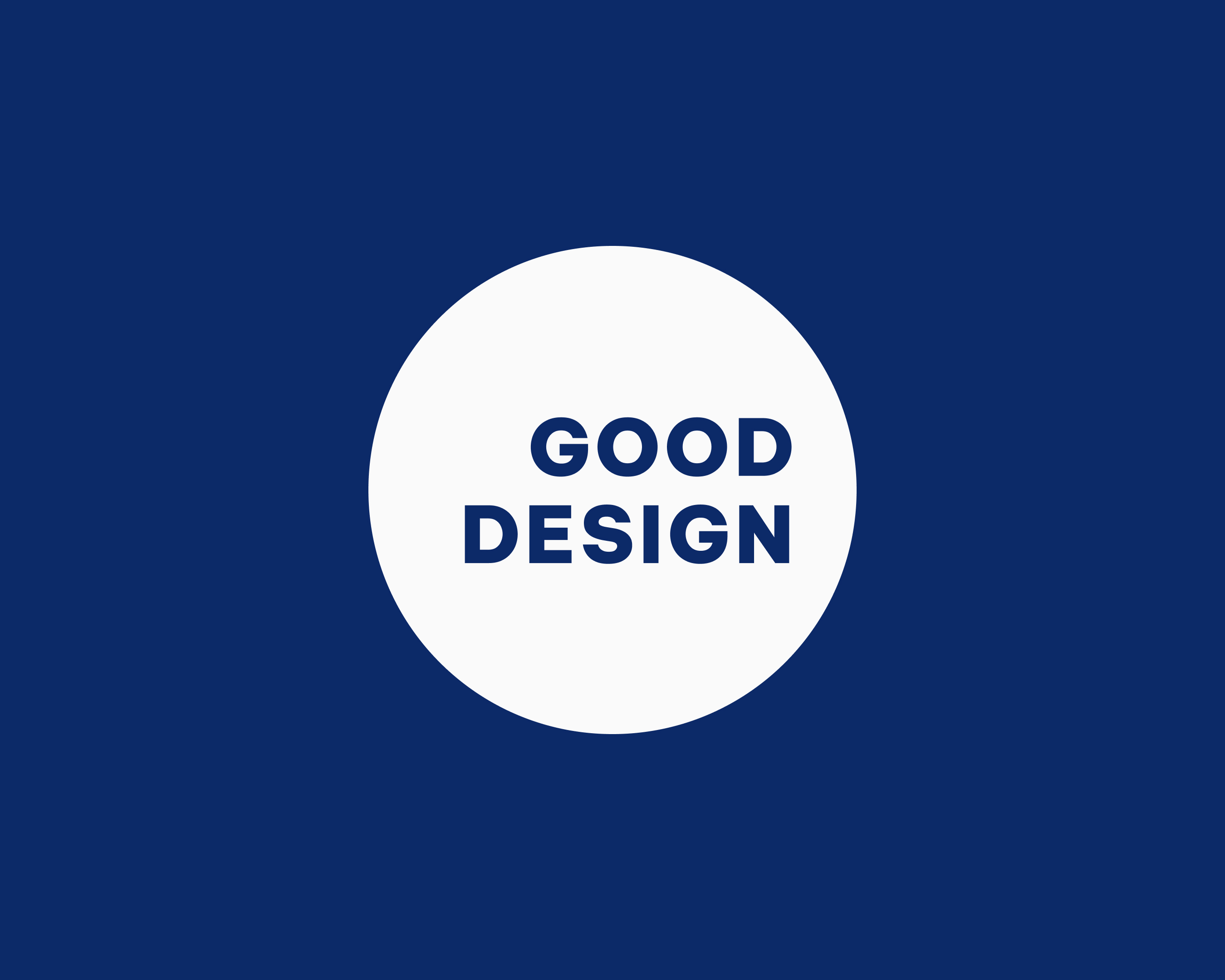
The intersection of design and experience

I am intrigued by how similar the definitions of Design and Experience have become as we learn to merge the two more and more. One could say that design and experience are now both defined as encounters between objects and emotions. Design is both a noun and a verb – a plan, an object, or something you do. Experience is also a noun and a verb and it too includes plans, objects and activities. Ideally an experience informs a design and design helps to shape an experience, forming a symbiotic relationship that allows a design to seamlessly integrate and enable an experience.
For most of history an experience always preceded and dictated a given design. There was a problem or need that surfaced during some kind of an experience, and people either lived with it or attempted to fix it with a design solution in order to improve the experience. Farming tools, armor, furniture, cooking utensils and birth control were all born from a frustrating experience that unless fixed with a design solution resulted in starvation, getting stabbed, sitting on the floor, eating raw meat with your hands, or having too many babies.
A century ago this process started to change when we discovered that design could profoundly shape experiences. Soon design began to assert itself into every experience – for better or for worse, mainly because it proved to be a good economic stimulant and an effective way to build companies. Today evidence of design asserting or even over-asserting itself on experiences is everywhere. For example, many skiers are so obsessed with their ski brand, graphics, ski shape, ski clothes and carbon fiber bindings that they seem to forget why they like to ski in the first place. The actual experience of skiing – the intense physical rush, the pinprick snowflakes on one’s cheeks, and the sheer beauty of the landscape get lost in contrivances, brand obsession and equipment lust. SUV’s that were originally intended to explore the outdoors have been lowered and pimped out so much they’ve become less functional at their task than a Honda Civic. Kid’s birthday parties don’t measure up unless they include a snappy E-vite, online gift registration, a custom cake, and a blowup jumpy structure. All too often we see experiences like these sidetracked by dubious “solutions” to a problem.
Designers have customarily followed a doctrine of form follows function, where everything fits tidily into a packaged solution, sometimes without regard to what’s around it or its ability to enhance a human experience. The intentions may be good and a design may look great but if design gets in the way of, or if users don’t gain benefit from the design adding value to an experience, is it good design? Of course there is a place for design for design’s sake, where the object just “is”. Experiments that push the boundaries of style and innovation are good but for real world design we just have to be careful with creating too much of what I might call “exteriority” or superficiality of form and purpose, in place of “interiority” or depth of experience.
Recently we’re getting back to letting experience guide us as designers, much like a long time ago. We’re aspiring to and practicing Form follows Function follows Experience. We’re diving deeper into user psychology and getting smarter about what people really need and want while making sure that design fits within a broader social and environmental context. Now the experience itself is frequently the primary inspiration for innovation. A good example of this in action is mountain biking. Mountain bike frames are purpose built for riding performance. They are extremely high tech, strong and efficient, and use as little material as possible to reduce weight. Each of these factors contributes to making the riding experience better, and each of these factors are what makes the frames beautiful works of art. The balance and priorities are right.
As design and experience merge again, each one becomes more dynamic and rich through their dependencies on one another. Work, play and general life all gain from their fusion. Within this balance of the two, perhaps design’s most important role is to allow experiences to unfold in the most natural way possible. When design assumes the “best-supporting actor” role to experience, where it enables, enhances, supports, and communicates an experience, it is usually the best design. Experience that assumes the best actor role, where it is bettered or enabled by design, is usually the best experience. Together, design and experience really do become entwined and collectively perceived as encounters between objects and emotions.